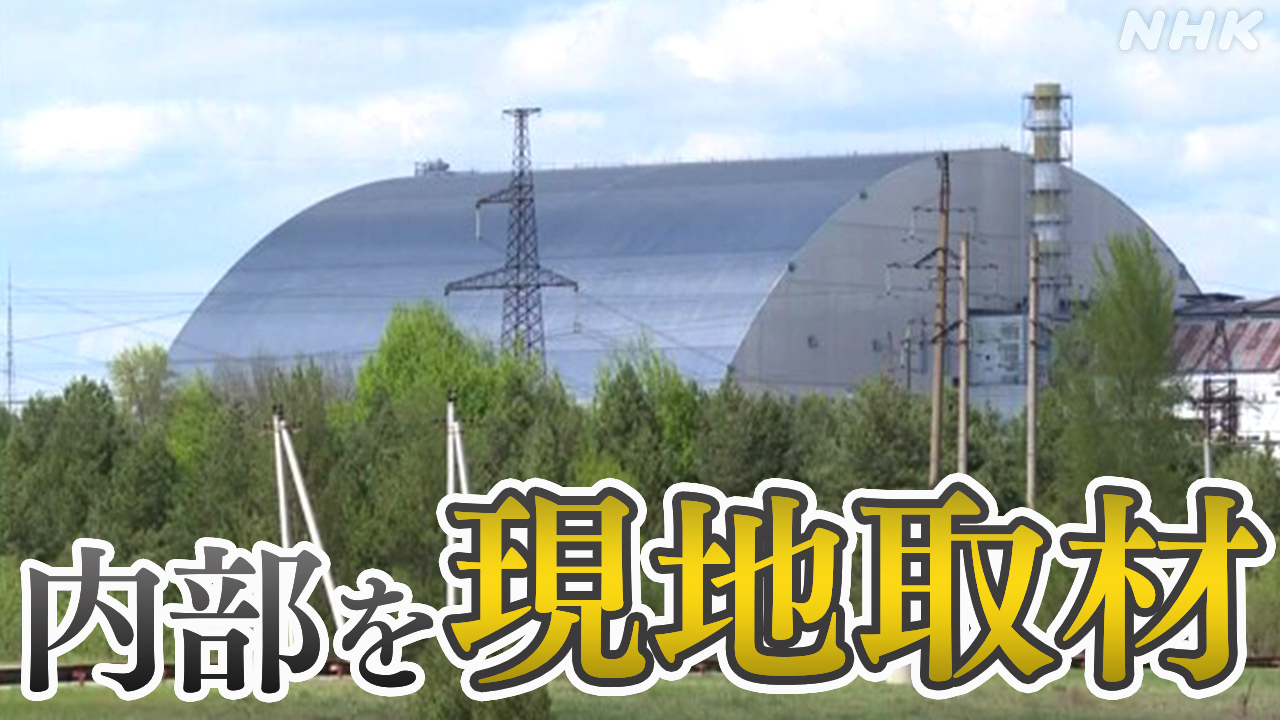Chernobyl Nuclear Plant: Shelter Vulnerable After Attack – Urgent Concerns for Nuclear Safety
The recent attacks on the Chernobyl Nuclear Power Plant have raised serious concerns about the integrity of the shelter over the highly radioactive materials within the damaged reactor. This precarious situation highlights not only the immediate dangers of war but also the long-term risks to global nuclear safety. The vulnerability of the shelter, already compromised by age and previous incidents, has intensified dramatically.
The Immediate Dangers: Damage Assessment and Security Risks
Reports indicate significant damage to the surrounding infrastructure, raising fears about the structural integrity of the shelter itself. While the exact extent of the damage remains unclear due to the ongoing conflict, the potential for further harm is alarming. This includes:
- Compromised Containment: Any damage to the shelter could lead to the release of radioactive materials, posing a significant threat to the environment and nearby populations.
- Security Breaches: The ongoing conflict has created security vulnerabilities, increasing the risk of sabotage or accidental damage to the critical infrastructure protecting the radioactive waste.
- Impeded Monitoring: The conflict hinders access for international experts and monitoring equipment, making it difficult to accurately assess the situation and implement necessary safety measures.
Urgent Need for International Cooperation
The situation demands immediate and coordinated international action. This includes:
- Establishing a Demilitarized Zone: Creating a safe zone around the Chernobyl plant is critical to prevent further damage and allow for proper assessment and repairs.
- Deploying International Monitoring Teams: Independent experts are needed to accurately assess the damage, monitor radiation levels, and ensure the safety of the site.
- Providing Humanitarian Aid: The ongoing conflict has disrupted essential services, and humanitarian aid is crucial for the safety and well-being of the surrounding communities.
Long-Term Implications: Nuclear Waste Management and Environmental Risks
Beyond the immediate dangers, the attack on Chernobyl raises significant long-term concerns about nuclear waste management and environmental risks. The shelter, while designed to contain the radioactive materials, is not impervious to damage, and its longevity is constantly debated amongst nuclear safety experts.
The Legacy of Chernobyl
The 1986 Chernobyl disaster remains one of the worst nuclear accidents in history. The long-term health consequences are still being felt today, highlighting the devastating impact of nuclear accidents. The recent attacks underscore the ongoing vulnerabilities of the site and the need for improved international cooperation on nuclear safety.
Environmental Contamination Risks
Any breach of the containment structure could lead to a significant release of radioactive materials into the environment, with far-reaching consequences for both the immediate area and potentially wider regions. The potential for long-term contamination of soil, water, and air poses a grave risk to both human health and the environment.
The Call to Action: Protecting Nuclear Safety Globally
The attack on the Chernobyl Nuclear Power Plant serves as a stark reminder of the fragility of nuclear safety and the need for robust international cooperation to prevent future disasters. We must prioritize the establishment of secure zones around nuclear facilities, improve international monitoring, and invest in safer, more resilient nuclear technologies. Ignoring this threat could have catastrophic consequences for global safety and security.
Learn more: [Link to relevant IAEA or UN report on Chernobyl] [Link to reputable news source covering the conflict]
This article aims to provide accurate and up-to-date information. The situation in Ukraine is constantly evolving, and it’s vital to rely on official sources for the latest updates.
